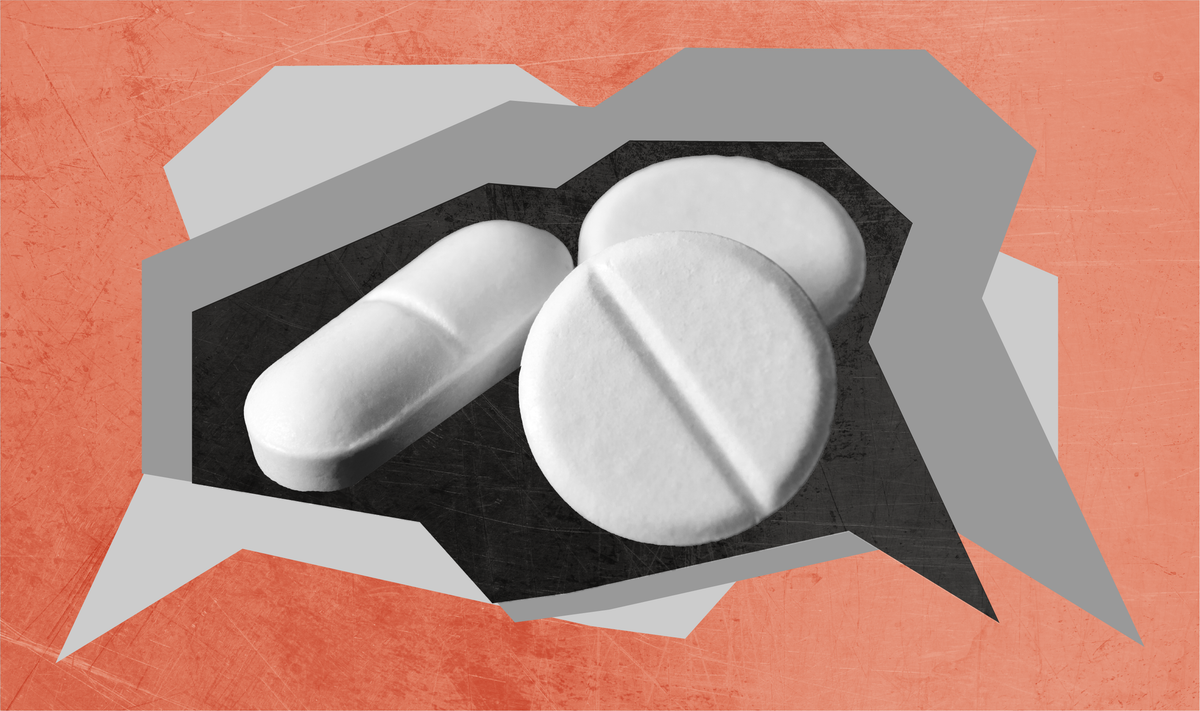Article raises concern about false positive drug tests impacting new parents
Other conversations highlighted the importance of free naloxone.

Other conversations highlighted the importance of free naloxone.
This past week, an article shared the story of a woman who was investigated by Alabama’s Department of Human Resources due to a false positive drug test after she gave birth, causing widespread alarm. Plus, a social media post about free naloxone in New York led to conversations about how the medication saves lives and where to get it.
In light of these conversations, communicators may share information about drug testing and naloxone.

Insights brought to you by the reporters and science writers of Public Good News (PGN), a nonprofit newsroom dedicated to improving community health.
What’s trending nationally in conversations about substance use
On July 27, CBS News reported that a pregnant woman tested positive for opioids on a drug test when giving birth at an Alabama hospital. She said she had not used opioids, but she had eaten a bagel with poppy seeds that morning (poppy seeds can trigger false positive results on drug screenings since they come from the same plant that’s used to produce certain opioids). Then a state social worker visited her hospital room and asked her to sign a safety plan while the Alabama DHR conducted an investigation, or else both of her children would be removed from her custody. The article went on to highlight how false positive drug tests have impacted other new parents across the country. Social media posts sharing the article ignited discussion across platforms. Some commenters shared personal stories about false positive drug tests resulting from medications they were prescribed or given during labor, and many expressed fear that they could lose custody of their children due to a false positive drug screening.
On July 22, a Reddit user shared a photo of a free naloxone kit at a New York beach. The post garnered approximately 2,100 upvotes and 500 comments as of July 30. Several comments expressed stigmatizing attitudes toward people who use drugs, while others noted that free naloxone access can be lifesaving. One comment read, “It’s very important and great to have, but on the other hand, it’s pretty damn sad we need them in public spaces.” Some commenters shared other places where they had seen free naloxone in New York.

Recommendations brought to you by the health communication experts behind Infodemiology.com.
Recommendations for public health professionals
Each week, the Infodemiology.com team will provide messaging recommendations in response to some of the trending narratives outlined above. These helpful tips can be used when creating content, updating web and FAQ pages, and developing strategy for messaging about opioids.
In response to concerns about false positive drug tests, messaging may explain that taking certain medications can lead to false positives for different types of substances. These medications include proton pump inhibitors (such as for acid reflux), diphenhydramine (often sold under the brand name Benadryl), and non-steroidal anti-inflammatory drugs (NSAIDs like ibuprofen). Eating poppy seeds or using hemp products—even if they don’t contain tetrahydrocannabinol (THC)—can also lead to false positive results. Encouraging people to share any medications they take and any substances they use before taking a drug test is recommended. Sharing information about your state’s drug testing laws for people giving birth in hospitals is recommended.
Conversations about naloxone provide an opportunity to recirculate information about this lifesaving medication. Messaging may explain that naloxone can reverse an opioid overdose and may be available for free through local harm reduction programs, including public places like parks. People can also purchase it at some grocery stores and convenience stores, online, and over the counter at pharmacies. Messaging may outline the signs of an opioid overdose, explain how to use naloxone, and direct people to any local naloxone trainings. Communicators may explain that bystanders should always call 911 if they suspect an overdose. Messaging may also reiterate that people should administer naloxone any time an overdose is suspected and that it won’t harm someone who isn’t overdosing or isn’t overdosing on opioids.
